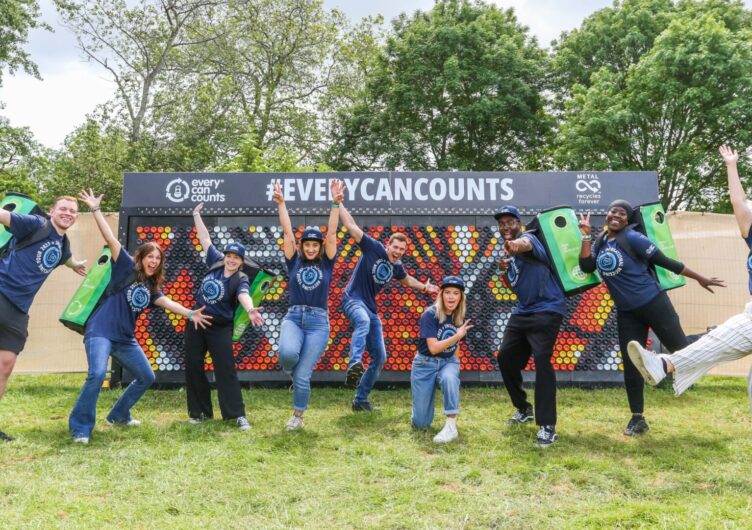A brand is much more than a logo or a tagline—it’s the heart of your business. Nurturing and protecting this identity over time is crucial to maintaining its strength and relevance. This is where brand guardianship comes into play, ensuring that your brand stays true to its values while evolving to meet new challenges.
Understanding brand guardianship:
Brand guardianship is about consistently managing your brand’s identity across all touchpoints. It ensures that every piece of communication, from social media posts to product packaging, aligns with the core values and guidelines of your brand. This consistency is key to building and maintaining trust with your audience.
Why consistency matters:
When your brand presents a unified image across all channels, it creates a sense of reliability. Customers know what to expect from your brand, which fosters loyalty and strengthens your market position.Take Coca-Cola, for example. The brand has consistently used its iconic red and white colour scheme and the classic ribbon logo for decades. Even when they introduce new products or marketing campaigns, such as the “Share a Coke” campaign, they ensure that these elements remain in line with their core brand identity. Consistency doesn’t mean stagnation; it means evolving with purpose, always staying true to the brand’s core identity.
Balancing evolution with identity:
As your brand grows, it’s natural to explore new directions and opportunities. However, it’s essential to balance this evolution with the need to maintain your brand’s foundational elements. Brand guardianship helps navigate this balance, ensuring that any changes reflect your brand’s core values and message.
Practical steps for effective brand guardianship:
- Develop clear guidelines: Start with comprehensive brand guidelines that outline your brand’s visual and verbal identity. For example, Starbucks has a detailed brand book that dictates everything from the tone of voice in their communications to the specific Pantone colour codes for their logo, ensuring consistency across all global markets.
- Regular audits: Periodically review all brand touchpoints to ensure consistency and alignment with your guidelines. A good example is Unilever, which regularly audits its extensive portfolio of brands to ensure that each one remains aligned with the company’s overarching sustainability goals and brand values.
- Employee engagement: Involve your team in understanding and adhering to the brand’s identity, making them ambassadors of your brand.Google, for instance, invests in regular training and internal communication to ensure that employees understand the company’s mission and values, which in turn, reflects in every aspect of their work.
- Adapt thoughtfully: When making changes to your brand, consider how they align with your long-term goals and identity. A prime example is LEGO, which has successfully evolved its product offerings and marketing strategies while staying true to its brand’s core values of creativity and playfulness.
Brand guardianship is an ongoing process of caring for and protecting your brand’s identity. It’s about ensuring that your brand remains consistent, trustworthy, and true to its values while adapting to new opportunities. By focusing on these principles, you can help your brand grow stronger over time, maintaining the connection with your audience that you’ve worked so hard to build.








